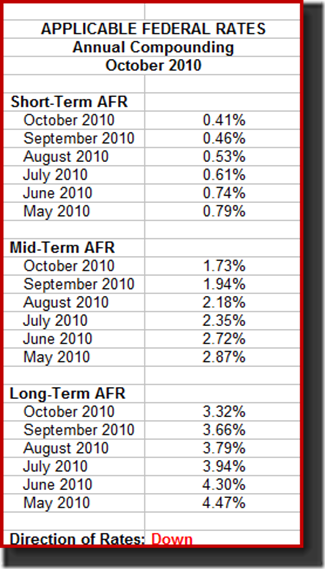Unlike the transfer tax area, only modest changes were made to the foreign provisions of the Internal Revenue Code. Continuing our review of the changes, below is a summary of the new provisions, most of which relate to temporary extensions of various favorable rules. For what they are worth (which may be quite a lot to those few taxpayers that are impacted), here they are:
A. The Subpart F exception for active financing income is extended. The temporary exclusions will apply to tax years of a foreign corporation beginning after Dec. 31, 1998 and before Jan. 1, 2012, and to tax years of U.S. shareholders with or within which such tax years of foreign corporations end.
B. The look-through treatment for payments between related controlled foreign corporations under the foreign personal holding company income rules are extended through 2011.
C. The withholding tax exemption for RIC interest-related dividends and short-term capital gains dividends paid to foreign persons is extended for tax years beginning in 2010 and 2011. Also, the inclusion of RICs in the definition of qualified investment entity is extended for certain FIRPTA purposes through 2011.
D. The IRS authority to reduce withholding rate to 15% on USRPI gains passed through to foreign persons by U.S. partnerships, trusts or estates is extended through 2012.
E. Gain recognition expansion for Code §684 for transfers to nonresident aliens at death and to foreign grantor trusts that were to apply in 2010 will apply only to the extent the election is made to not have the estate tax apply.
F. The allowance of Code §199 deduction for Puerto Rico activities is retroactively extended two years to taxpayer's first six tax years beginning after 2005.
G. The possessions tax credit for American Samoa is extended through 2011 for existing claimants.





